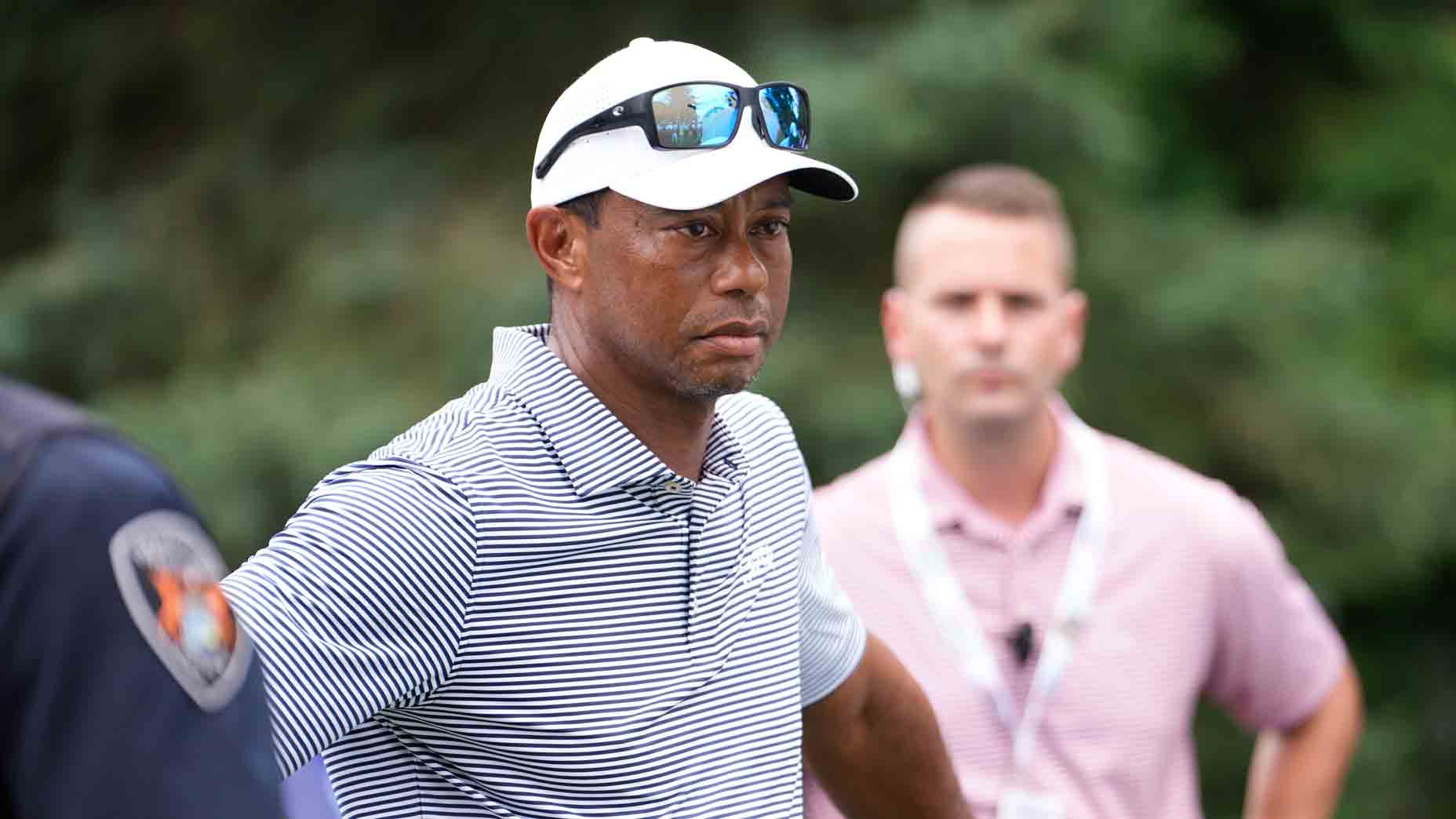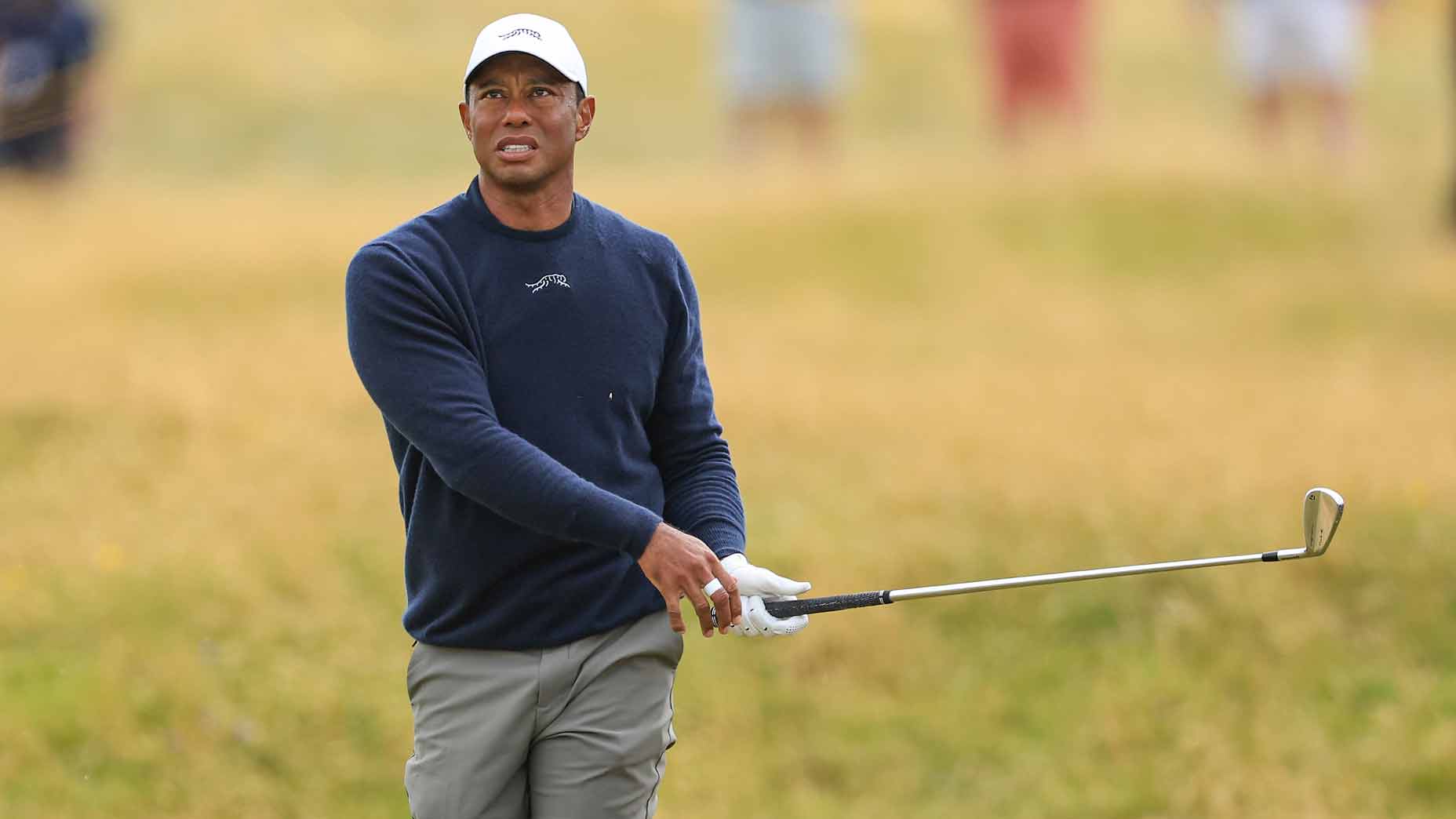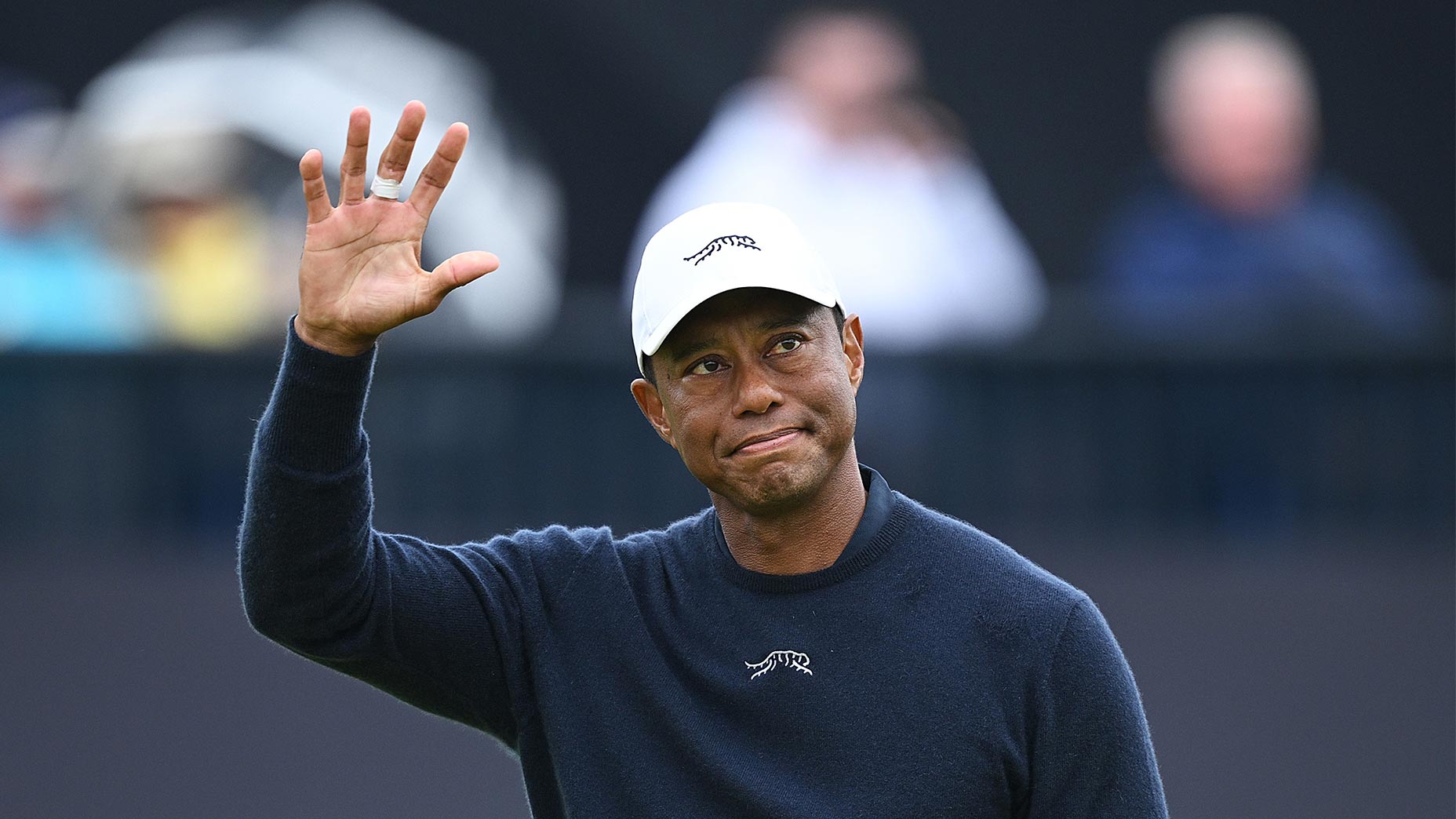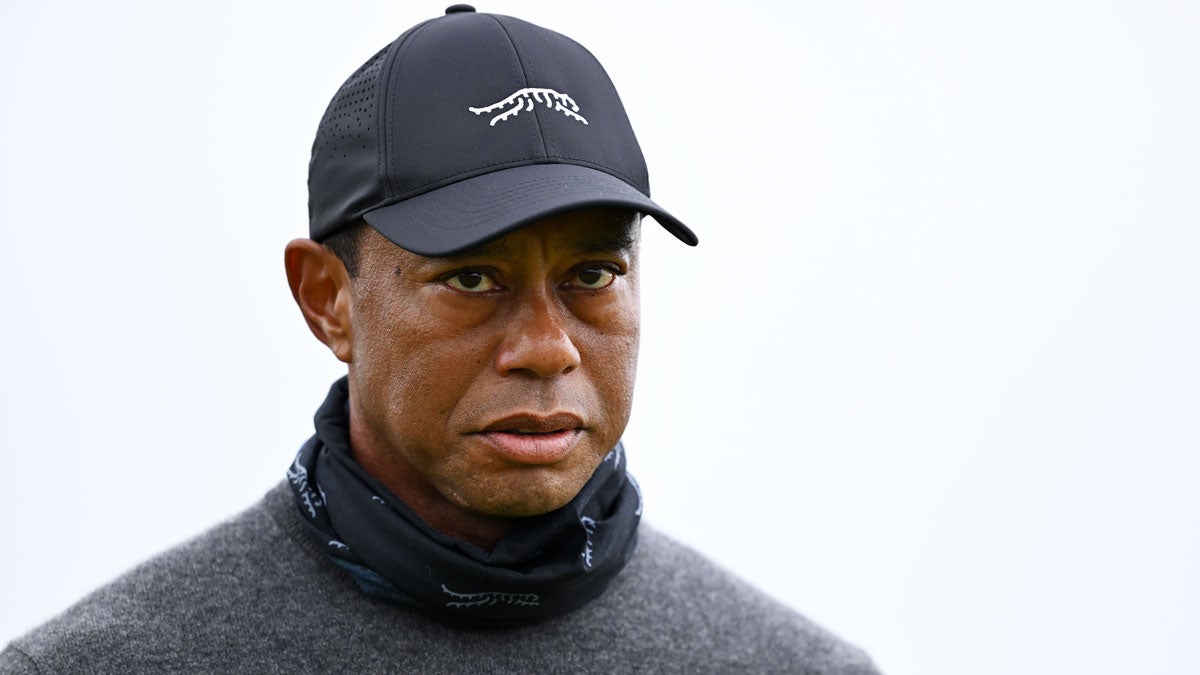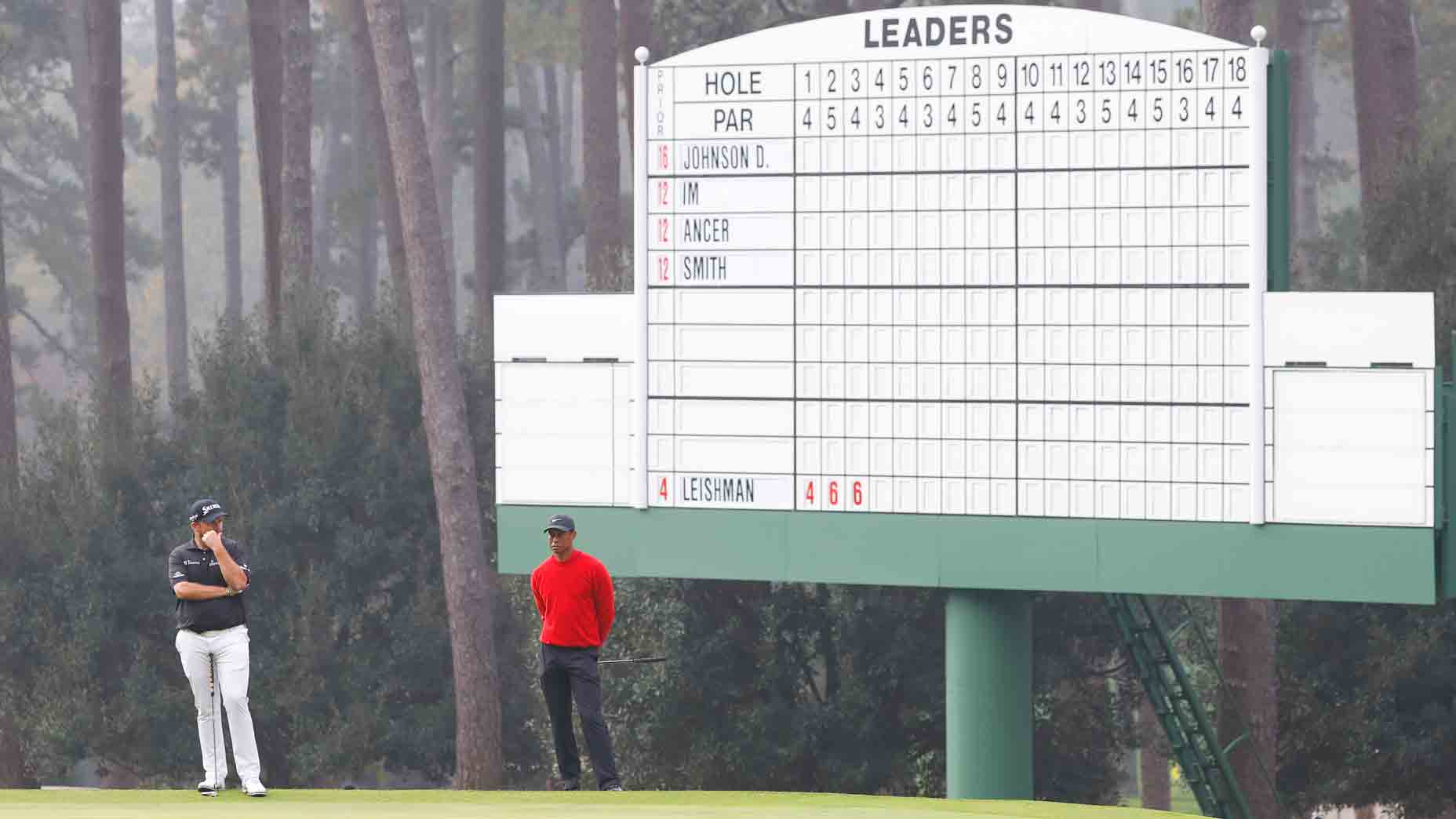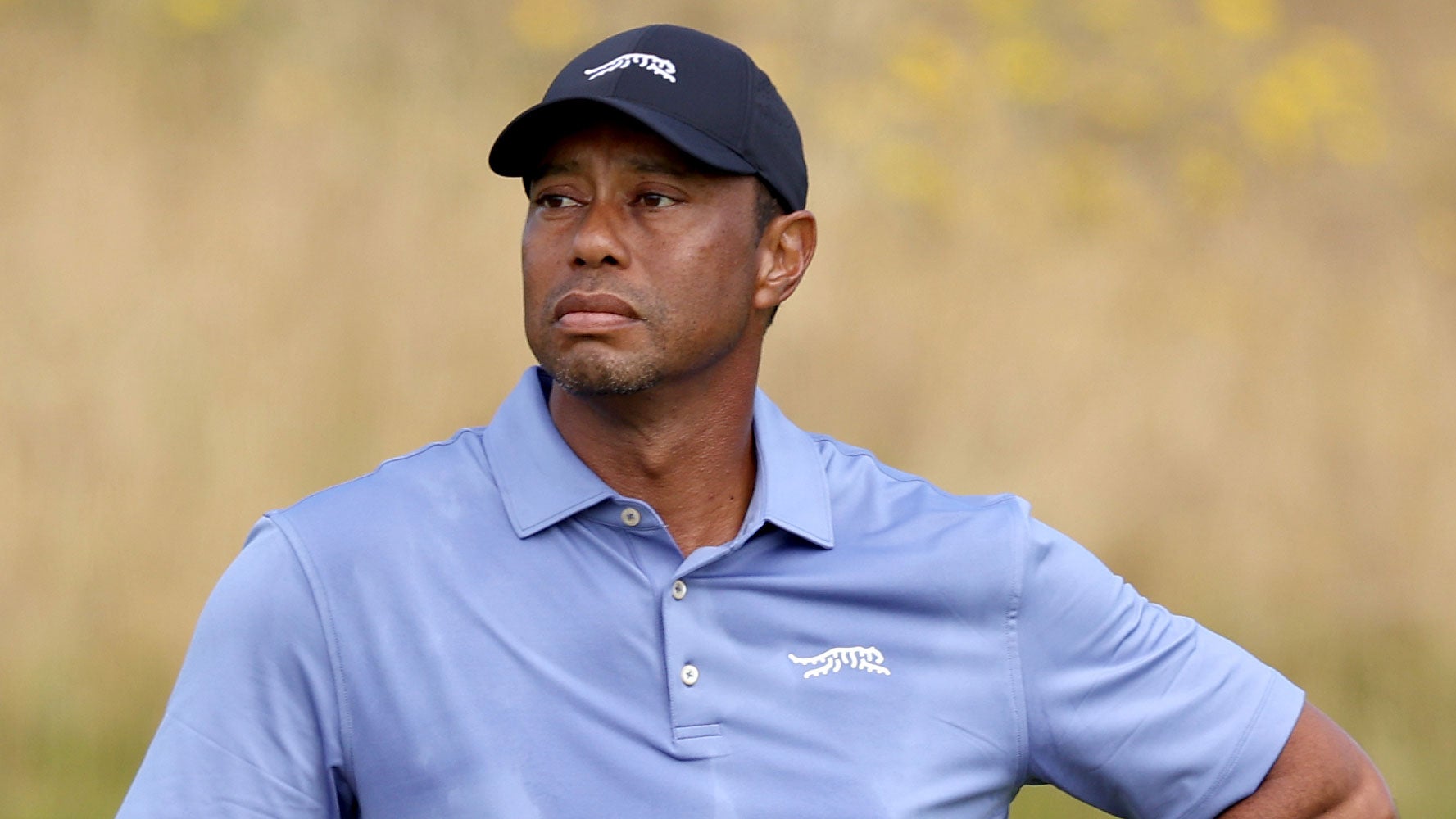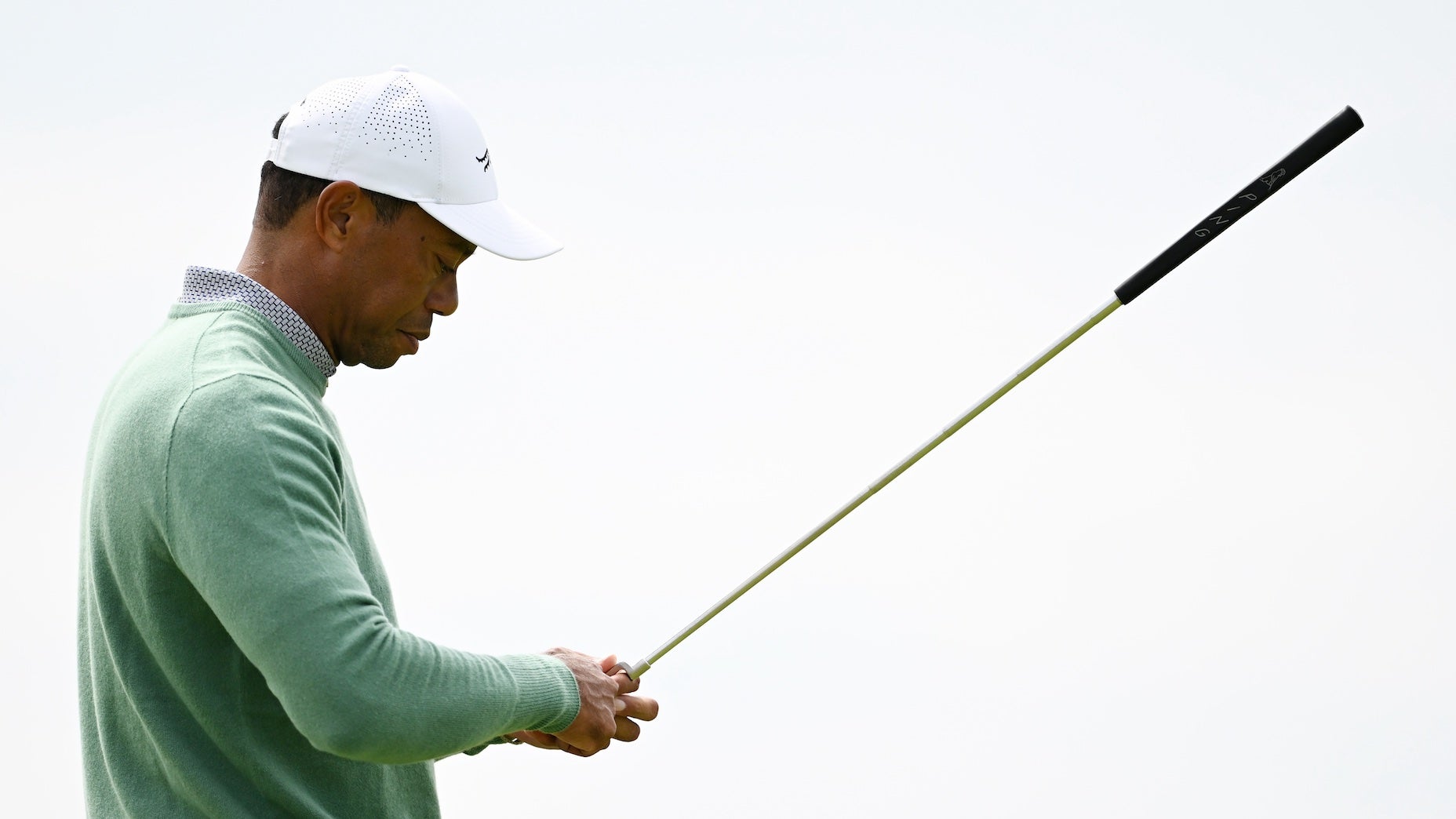At Genesis, Tiger Woods reminds us what he knows and what he doesn’t
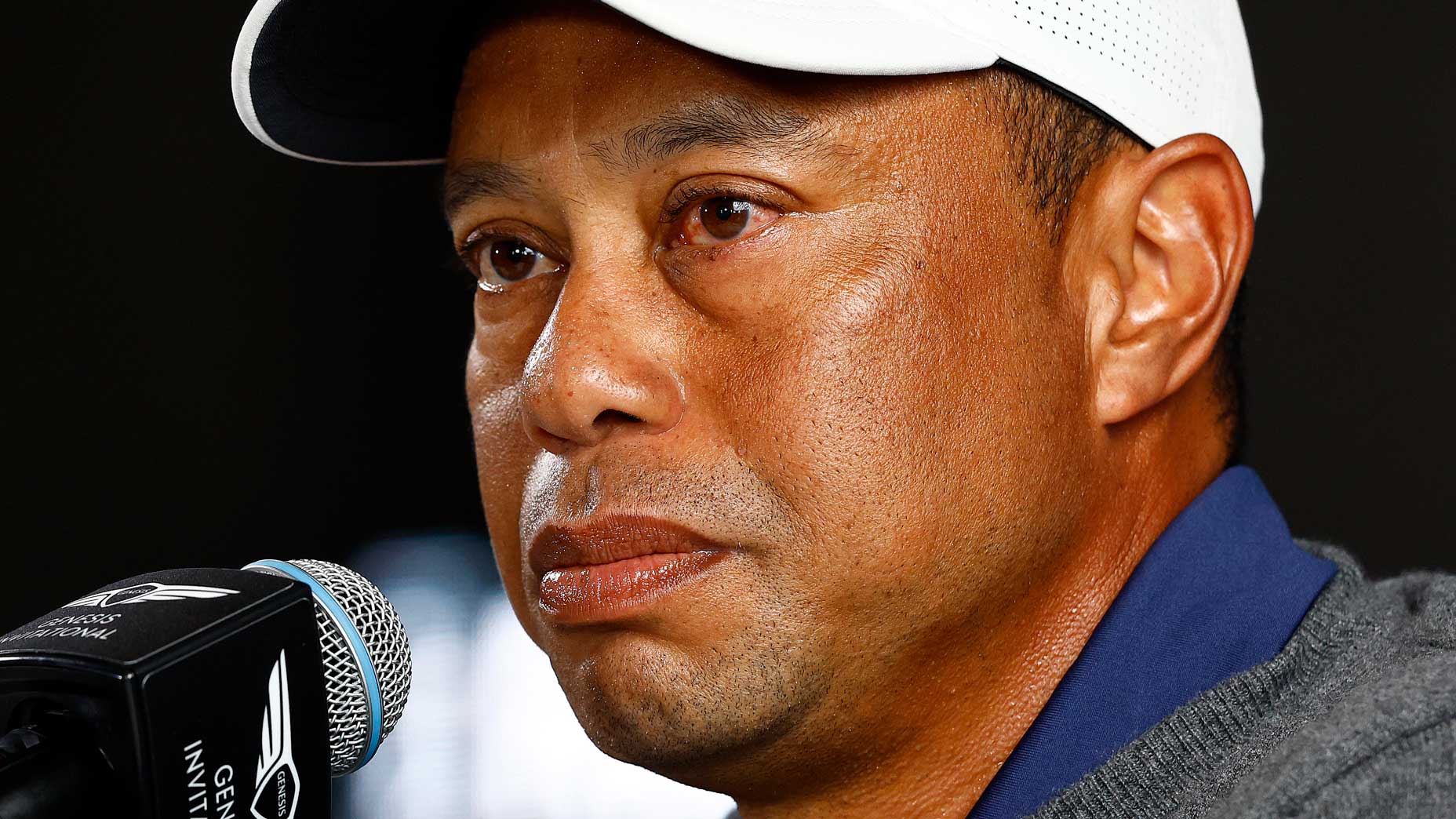
Tiger Woods addressed the media on Tuesday at the Genesis.
Getty Images
PACIFIC PALISADES, Calif. — Tiger Woods walked into the Genesis Invitational media center just after 11 a.m. local time on Tuesday. He wore a navy shirt under a grey sweater paired with a white hat and a slight limp. The room had filled with people in the preceding half hour, and the more people entered the room, the quieter it got. Anticipation still builds for Tiger’s arrival at a mic.
Over the last few years we’ve seen Woods so rarely that his press conferences have taken on a State of the Union vibe, and most of the time there have been big, obvious questions in need of answers. How’s your back? When are you playing next? How’s your foot? What do you think of LIV? Can you still win? Woods hasn’t always answered them; his tendency is always to control the message. And in his prime, you could use a lot of words to describe Woods in press conferences but “uncertain” wouldn’t have been one of them.
Plenty of those big questions still sit unresolved. Some were recirculated Tuesday. But we’ve had some time to come to terms with the fact that they may never have clean answers. In the wake of Woods’ car crash he referred to uncertainty as his “new normal,” but by now it’s not even new anymore. He said “I don’t know” more often on Tuesday than I can remember. It’s just normal, now, the not-knowing.
Woods doesn’t know if he can walk 72 holes. That was the affliction that forced his withdrawal from the Hero World Challenge in December; he was battling a case of plantar fasciitis and couldn’t do much on two feet without significant pain. He has tried to ramp up his prep work more gradually this time — not an approach that comes naturally — and he thinks it’s working. He’s optimistic.
“It’s gotten so much better the last couple months, I’m excited to go out there and compete and play with these guys,” Woods said. He expects better cooperation from his body this year than last. He expects he can compete for four days. But he doesn’t know for sure. Asked if he’s walked 18 holes four days in a row, Woods didn’t have to think hard.
“No,” he said. Then smiled.
“This year?”
That part was a joke.
Woods was also ready to acknowledge the uncertainty ahead for the PGA Tour, for LIV, for their coexistence. This week marks the third “designated event” for the Tour, ensuring a strong field that includes nine of the top 10 players in the world. Woods has been a part of shaping this new schedule and bringing top pros together. But he also said there hasn’t been 100 percent support for the changes to the schedule and to the Player Impact Program. He said he’s spoken to top players and to fringe pros and to journeymen.
“We’re trying to create the best product that we think the future of golf, how it should be played. How do we do that? We’re still working on it,” he said.
As for how the Masters will look, when the two leagues commingle for the first time in 2023?
“I don’t know because I haven’t been around them,” Woods said. Others have been in close proximity, like Rory McIlroy tangling with Patrick Reed in Dubai. But Woods hasn’t played a tournament with LIV defectors since last year’s Open, and more players have left since then. “I don’t know what that reaction’s going to be. I know that some of our friendships have certainly taken a different path, but we’ll see when all that transpires,” he said. In other words, yeah. It’ll be a little awkward.
“We as a whole need to honor Scottie,” he added, referring to last year’s Masters champ Scottie Scheffler. “So making sure that Scottie gets honored correctly but also realizing the nature of what has transpired and the people that have left, just where our situations are either legally, emotionally, there’s a lot there.”
There’s a lot there. That has been part of the Tiger Woods experience in recent years — acknowledging a more complex world. That has come with age and with authority and with agony, too. He felt his sporting mortality after his back fusion a half-decade ago. He felt his real-life mortality after his horrific car crash, which came the day after this event in 2021. He’s reflective about that sort of thing.
Woods talked about Tom Brady, who just retired after the longest quarterbacking career of all time. He talked about John Elway, too, and remembered watching his retirement speech. “He won the last two Super Bowls, but he could just not physically do it anymore,” Woods said.
Golf is a different sport. Woods appreciated the fact that he doesn’t have 300-pound defenders coming for his knees and referenced Arnold Palmer and Gary Player, who each competed in 50 consecutive Masters.
The public’s biggest question is whether Woods remains a serious competitive golfer. We don’t have many recent data points; he made two of three cuts in majors in 2022 but hasn’t logged a top 20 in more than three years. We don’t know how much he’ll play, only that it won’t be much. But the quality of his golf was an area where Woods actually did project some certainty.
“I would not have put myself out here if I didn’t think I could beat these guys and win the event,” he said. “That’s my mentality.”
Woods’ 50 Masters reference led to a follow-up: Would he ever—
“Nope,” he said, interrupting mid-question. “I’m not playing that many, sorry.”
That led to the most interesting moment of the session: Woods contemplating his future as a ceremonial golfer. He still can’t envision that.
“I don’t — I have not come around to the idea of being — if I’m playing, I play to win,” he said, trying to make sense of his future in real time. “I know that players have played and they are ambassadors of the game and try to grow the game. I can’t wrap my mind around that as a competitor. If I’m playing in the event I’m going to try and beat you. I’m there to get a W.”
He acknowledged that there will come a point where his body doesn’t allow him to compete. “Probably sooner rather than later,” he added. But then what?
“That’s not in my DNA,” he concluded.
Still, the thing about one’s DNA is that you can’t change it. Woods could still change his mind. He could accept a role as a ceremonial golfer when the alternative is not being any sort of golfer at all.
And the thing about football is that it tends to tell you when you’re done. In golf? You have to figure it out for yourself. Nobody’s diving at your knees. You’re wearing them down instead, torque by torque, one swing at a time. The essential question of Woods is how long he can sustain all the everything his 47-year-old body has been through. But that’s a question only he’ll be able to answer. When? He won’t learn this week, but he’ll get another data point.
Riviera is where Woods’ PGA Tour career began as a 16-year-old high school sophomore. Listening to him think about the end at the place it all began had a real gravity to it.
But after he finished his morning duties, Woods headed down to the range. He still has more to prove, to himself if not to us. And there are a few things we know for certain: His ball speed is up. His expectations are, too. And he has a tee time come Thursday. For now, that’s plenty.



